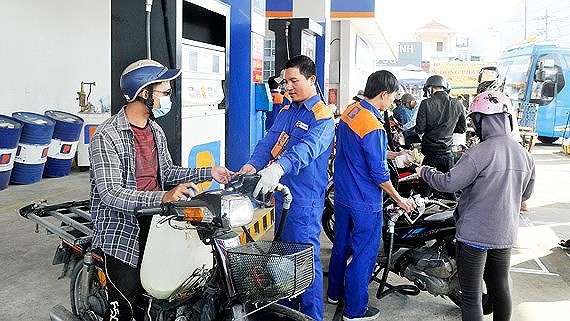
Since the beginning of this year, the price of biofuel E5 RON92 has risen VND3,431 per liter to VND19,703 per liter; that of RON95 gasoline has climbed VND3,632 per liter to VND21,235 per liter and kerosene has surged VND2,475 per liter to VND17,384 per liter. Of which, in April alone, fuel prices have escalated for two consecutive times with a total increase of VND2,686 per liter for RON95 gasoline and VND2,492 per liter for E5 RON92 gasoline.
At the same time, the ministries of Finance and Industry and Trade also asked fuel wholesalers to adjust the setting and allocation of the fuel price stabilization fund, depending on fuel price fluctuations. Sometime, allocations for each liter of gasoline varied from VND2,061 to VND2,801 per liter in order to keep fuel prices stable.
Looking into the fuel price management process of the ministries, thanks to the fuel price stabilization fund, the fuel prices did not increased much or were kept steady after adjustments because fuel distributors were allowed to get money from the fund.
However, it also means that when global fuel prices decline, domestic fuel prices will not reduce correspondingly as fuel distributors possibly have to set aside more money for the fund. Therefore, with the accommodating mechanism of the fuel price stabilization fund, although domestic fuel prices tune with global ones, fuel prices are still controlled by the State.
Although fuel prices have been adjusted relatively in accordance with global movements, the way that fuel market in Vietnam has been operating still causes concerns to many people for several reasons.
Firstly, using of fuel price stabilization fund, in fact, is using financial source of consumers. Consumers contribute to the setting up of the fund and authority and fuel wholesalers are the one who carries out price stabilization on behalf of them. Meanwhile, fuel distributors gain a certain profit of VND300 for each liter of fuel they sold. It is unreasonable that fuel distributors do not have to concern about losses if petroleum products are assumed to move with the market. It is also unfair compared to the sacrifice of consumers.
Secondly, there were 28 fuel wholesalers across the country but the prices of fuel were almost the same after adjustments. This is irrational because the size of fuel companies is different from each other so neither their costs nor selling prices can be the same. In fact, it seems that the selling prices of other firms were based on the price adjustments of Petrolimex, which accounts for around 50 percent of market share.
Thirdly, the proportion of domestic fuel provided by Dung Quat and Nghi Son oil refineries was 93.17 percent in the first quarter and 76.72 percent in the second quarter. Therefore, it is essential to reconsider using global fuel prices in calculating domestic fuel price adjustments.
Although Vietnam does not open fuel distribution service in the country to foreign investors, if they want to build oil refineries, they can count on retail network of domestic fuel firms to sell their products or have the right to set up retail system in Vietnam.
Besides, firms and foreign investors are able to participate in Vietnamese fuel market by buying stakes in domestic fuel businesses. Actually, the appearance of 100-percent-foreign-owned gas station Idemitsu Q8 has infused fresh spirit into Vietnamese fuel market.
However, in order for the market to have real competition and consumers to be able to buy fuel at better prices, it is necessary to revise the Decree 83 on fuel trading, including operating mechanism of fuel price stabilization fund, profit and price adjustment ratio.
The State only intervenes when there are sudden changes in the market according to regulations of the Law of Prices and applies price calculation cycle in accord with international practice. At the same time, authority should allow more entities to take part in fuel trading sector, guarantee fair competition and limit exclusive association.

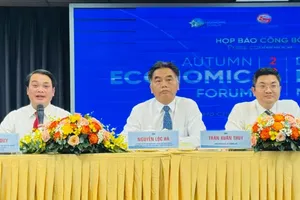

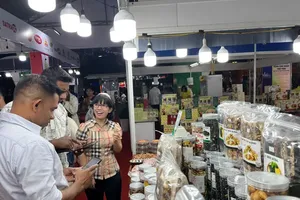

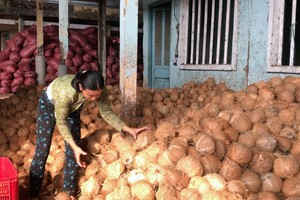

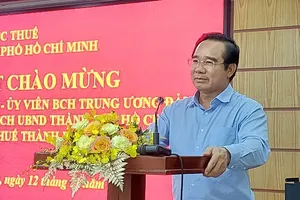

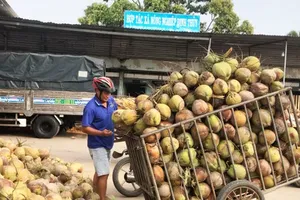







)

)




